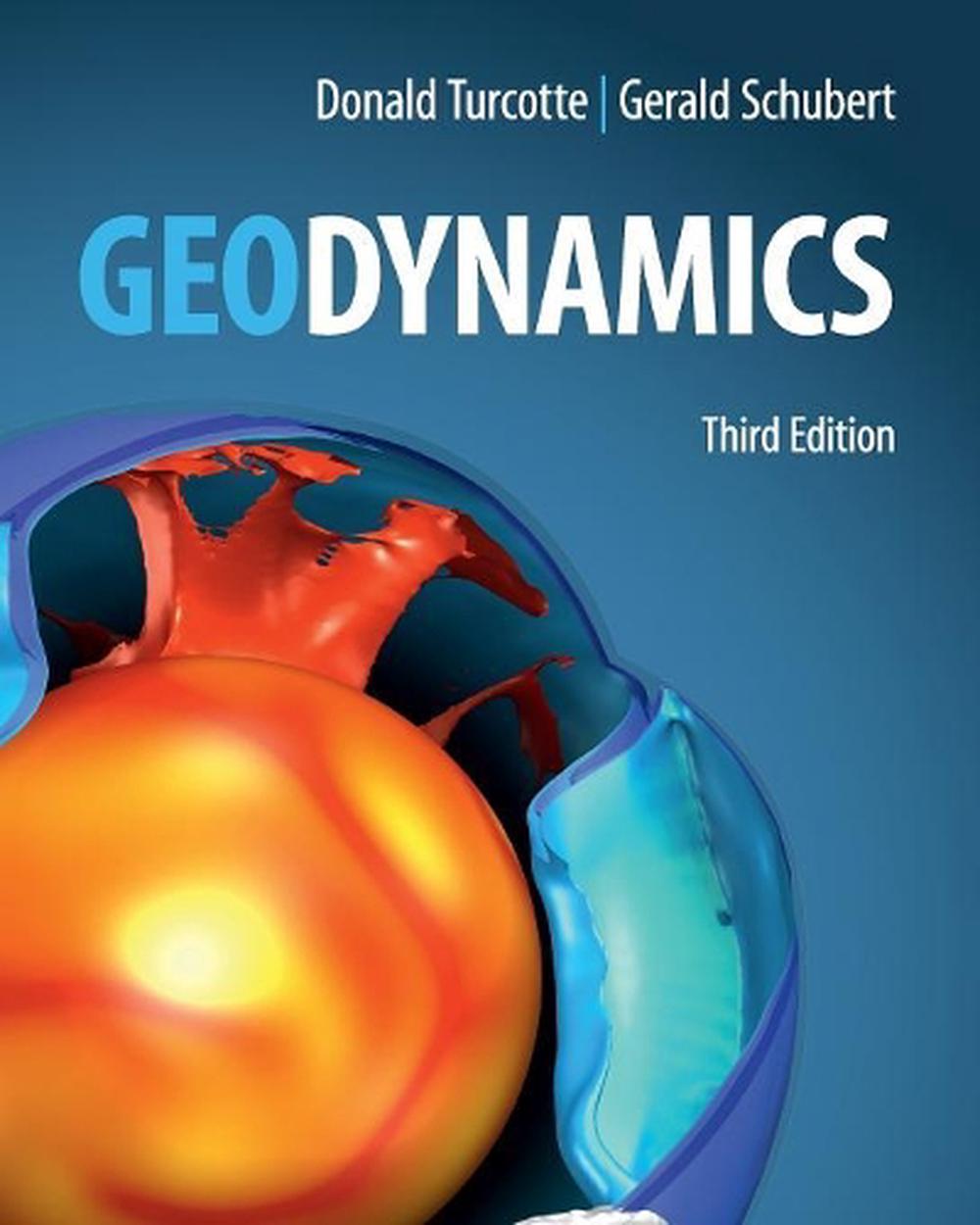


This third edition has two completely new chapters covering numerical modelling and geophysical MATLAB(R) applications, and the text is now supported by a suite of online MATLAB(R) codes that will enable students to grasp the practical aspects of computational modelling. To produce surface deflection over a width of ∼100 km, the near-surface rocks must be relatively weak.Essential reading for any Earth scientist, this classic textbook has been providing advanced undergraduate and graduate students with the fundamentals needed to develop a quantitative understanding of the physical processes of the solid earth for over thirty years. Significant subsidence only occurs if the deep crust is relatively strong and the density anomaly is located within the crust. If the crust is weak, the dense root induces crustal flow, resulting in thickened crust and either limited subsidence or uplift above the dripping lithosphere. The main control on the deflection is the viscous coupling between the root and surface, which decreases with increased root depth or weaker crust. Three types of deflection are observed: (1) >500 m subsidence, followed by uplift, (2) little subsidence, and (3) uplift followed by collapse.

A key result is that the presence of thick orogenic crust, as found in the Altiplano-Puna Plateau, can greatly affect the surface deflection above the detaching root. Two-dimensional numerical models are used to investigate the topographic expression associated with removal of a high-density lithosphere root. are also examples of former basins that are now at high elevation (e.g., the Miocene Arizaro Basin), suggesting that the basins are transient features that may be related to convective removal of lithosphere. These areas correspond to positive isostatic gravity anomalies, indicating high density in the lithosphere. Within the high-elevation Altiplano-Puna Plateau of the central Andes, there are several local basins (∼100 km wide) that sit >500 m lower than the surrounding plateau. The evolution of surface topography in an orogen provides information about the dynamics of the deep lithosphere.


 0 kommentar(er)
0 kommentar(er)
